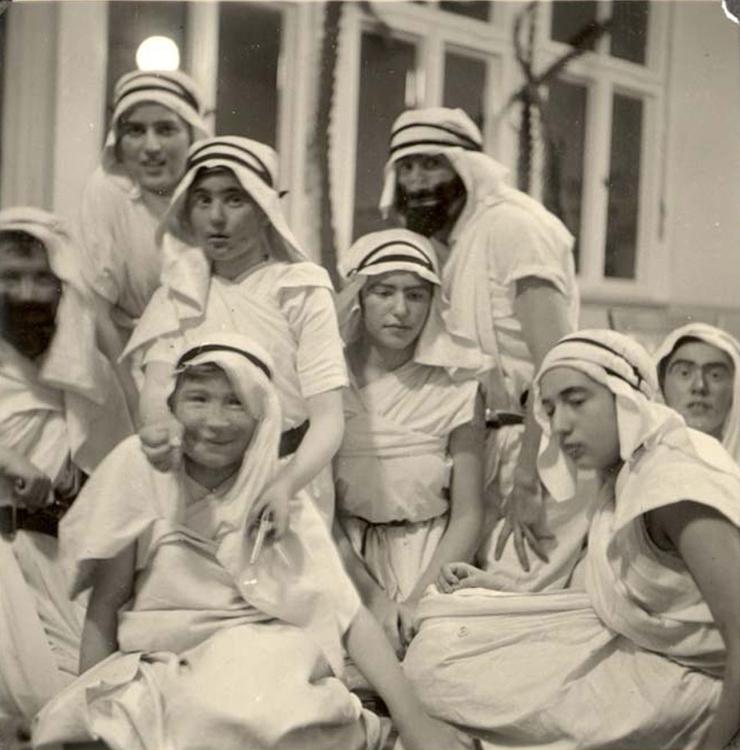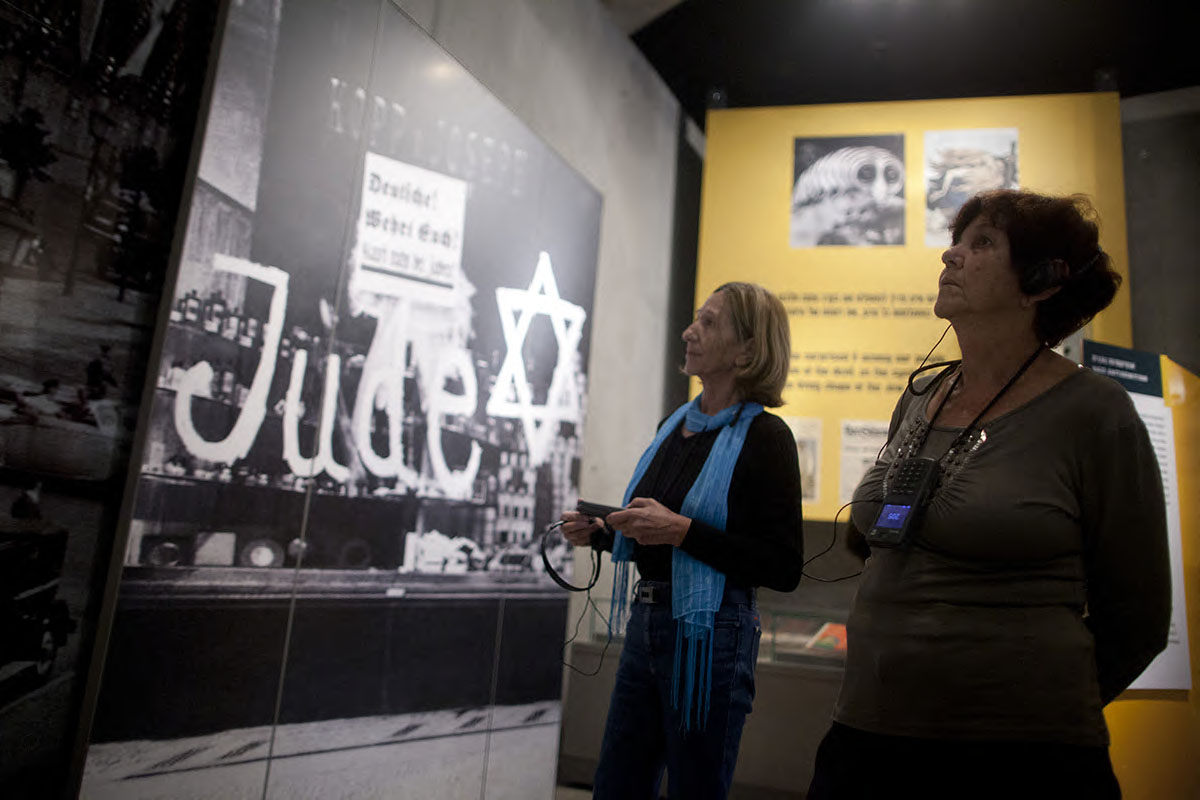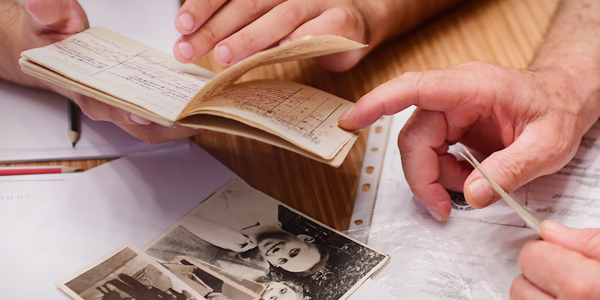From a Jewish girl’s album documenting Jewish communal life in the small German town of Herrlingen, west of Munich during the years 1934-1938. The album includes photographs of courses that took place in the Jewish agricultural school in Herrlingen, of hands-on training in the different agricultural fields, and photographs of the schoolchildren’s daily life and the events that took place in the school.
The school in Herrlingen existed from 1933 to 1939, under the direction of one of its founders, teacher and educator Hugo Rosenthal. The school tried to combine Jewish life with European-humanitarian education, emphasizing tolerance and personal responsibility. In 1935, there were some 40 children at the school, and by 1937, the number had risen to over 100. At the school, intellectual effort went hand in hand with a varied sports curriculum, providing an island of creative freedom in the midst of Nazi Germany. Martin Buber saw the school in Herrlingen as an “oasis”. Shlomo Ilan, a graduate of the school noted that its location amongst fields and forests had a lasting effect on him, and shaped his professional career in ecology.
In the fall of 1938, before Kristallnacht, the number of children enrolled in the school had decreased to 62. The school was closed in the spring of 1939. Most of its pupils and teachers emigrated from Germany.
Yad Vashem Photo Archives 4558







